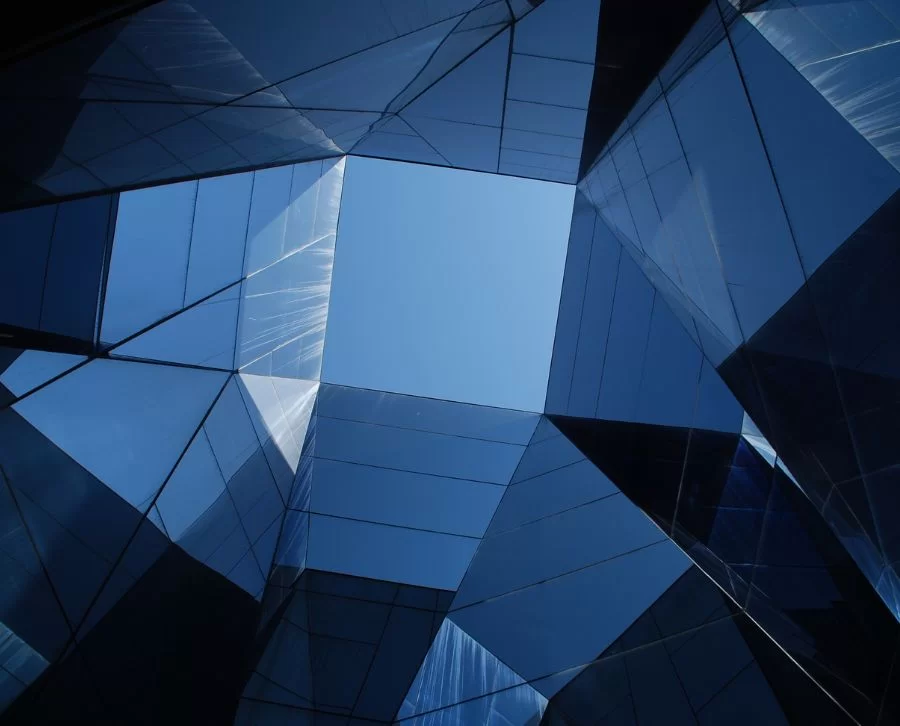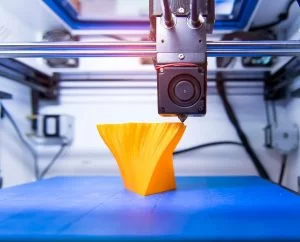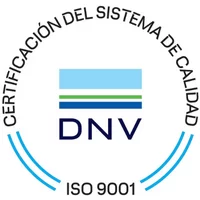Rendering has become a powerful tool for visualisation in a variety of sectors, from architecture and design to entertainment and advertising. It allows the manufacture of much more precise and higher quality items.
Therefore, from Atienza & Climent, as manufacturers of products, in this article we talk about the basic concepts, benefits, applications, and how this technology has evolved thanks to the latest trends and advances.
Undoubtedly, this application has transformed the visualisation in different industrial sectors.

What is rendering? concept and basic definition
Rendering is a technique that allows images and animations to be generated from 3D models, giving them a realistic and detailed appearance. Through the use of specialised software and advanced lighting, shading and texturing techniques, rendering transforms digital models into photorealistic images.
Benefits and uses of renders in industrial sectors
This tool has a wide range of benefits and uses in different industrial sectors. It can enhance projects and improve the way products are presented. In addition, it can be used in a wide variety of industries. For example:
In the architectural and interior design sector, it allows buildings and spaces to be visualised prior to construction. This helps architects and designers to refine their creations, identify potential problems and present their ideas more convincingly to clients.
In the automotive industry, it is used to show vehicles and prototypes in different environments and situations. This allows you to evaluate the design from different perspectives and anticipate possible changes before the car is physically produced.
In the entertainment industry, it has revolutionised the creation of special effects and animations, raising the quality and realism of films and video games.

Rendering processes and techniques
This innovative technique offers exceptional results, especially because it allows modifications and improvements to be made before mass production.
3D modelling: the basis for image and animation creation
3D modelling is the starting point of any rendering project. It consists of creating three-dimensional models of objects, scenes or characters. We dedicate time and precision at this stage to ensure that every detail is captured with maximum fidelity in the final result.
Lighting and shading: keys to achieve realism in rendering
Lighting and shading are crucial elements to achieve a realistic and immersive render. We play with different types of lighting, such as natural or artificial light, and focus on the placement of light sources to create shadows and reflections that bring realism and depth to the images.
Texturing and materials – adding detail and texture to images
Different texturing techniques are carried out to simulate the appearance of various materials, from wood to glass, making images look authentic and attractive.
Rendering and Render Engine: transforming models into final images
Rendering is the final stage of the process, where the final images or animations are generated. High quality render engines are used to produce stunning results and we adjust the engine settings to optimise rendering time and obtain high resolution images without compromising quality.
Rendering software and tools
The world of rendering has a wide variety of software and tools that allow artists and visualisation professionals to create stunning images and animations.
Main rendering programs and their outstanding features
These programmes offer a wide range of tools that allow us to bring our ideas to virtual reality. The most popular ones are listed below:
- Autodesk 3ds Max: its Arnold render engine provides exceptional rendering quality, and its particle system and physics simulations make it an ideal choice for complex projects.
- Blender: is a powerful open source rendering tool that has gained a large community of users and artists worldwide.
- Cinema 4D: offers a rendering engine called Physical Renderer, which is suitable for photorealistic images.
Plugins and add-ons to enhance rendering in different softwares
- V-Ray: its advanced global illumination and material mapping capabilities make it a popular choice for demanding professionals.
- Octane Render: noted for its real-time rendering capabilities using the power of graphics cards (GPUs).
- Redshift: known for its ability to harness the capabilities of multiple GPUs to accelerate the rendering process and deliver impressive results in less time.
Trends and developments in rendering
Rendering has undergone significant technological advances in recent years, allowing for more realistic and efficient visualisation in various industrial fields. The three most prominent trends in the world of rendering are:
Real-time rendering: the interactive visualisation revolution
Real-time rendering has revolutionised the way we interact with 3D models and scenes. Previously, the rendering process could take hours or even days to produce a final image. However, with real-time rendering, designers can see changes and adjustments to their projects instantly.
Rendering in the cloud: access to resources and remote computing power
It has democratised access to advanced rendering technology. Previously, a significant investment in high-performance hardware was required for complex rendering. However, with cloud rendering, designers can access resources and remote computing power through online services.
This trend has eased the way for small design studios and companies that cannot afford to invest in expensive hardware.
Artificial intelligence and rendering: process optimisation and automation
Artificial intelligence has made its mark in the world of rendering by optimising and automating complex processes. Advanced algorithms and neural networks can learn patterns and optimise the quality of generated images.
This technology has significantly improved rendering efficiency, allowing projects to be completed in less time.
In addition, artificial intelligence has facilitated the automatic creation of textures and materials, reducing the workload for artists and freeing them to focus on more creative aspects of their projects.
Success stories and examples of the use of rendering
In the exciting world of rendering, there are a variety of success stories and impressive examples of how this technology has transformed visualisation in different industry sectors.
Architecture and interior design: visualisation of projects prior to construction
In the field of architecture and interior design, rendering has revolutionised the way projects are conceived and presented. Previously, architects and designers relied on plans and models to show their ideas, making it difficult to fully understand the final result.
Thanks to this technology, it is now possible to create photorealistic images and virtual tours that allow clients to visualise their finished project even before construction begins.
This accurate visualisation capability helps make informed decisions, streamlines the design and construction processes, and reduces costs and delivery times.
Entertainment industry: creating special effects and animations
Rendering has left an indelible mark on the entertainment industry, especially in the creation of special effects and animation. Previously, the creation of virtual worlds and special effects required expensive sets and hours of post-production.
Today, with this tool, film and animation studios can convincingly bring fantastical creatures, magical landscapes and epic explosions to life.
The precision and realism of rendering has taken film productions to levels never before imagined, allowing movies and series to captivate audiences with incredibly real imaginary worlds.
Advertising and marketing: visual impact through photorealistic images
In the world of advertising and marketing, the first impression is crucial to attract the attention of the audience. This is where rendering has proven its value by enabling the creation of striking, photorealistic images that effectively communicate messages.
Brands can use rendering to present products in an engaging and compelling way, whether in print, digital or billboard advertisements. Rendered images have a level of detail and realism that engages consumers, helping a product or service stand out from the competition.
Future of rendering and its impact on the industry
Rendering continues to evolve and expand its possibilities. Two areas that are transforming visualisation are:
Virtual reality and rendering: immersive experiences and advanced simulations
The combination of rendering and virtual reality offers immersive experiences and highly realistic simulations. In sectors such as architecture, education and entertainment, this combination allows users to immerse themselves in virtual scenarios, improving understanding and interaction with projects.
Real-time rendering for interactive applications and video games
Real-time rendering is a growing trend in the video game and interactive applications industry. With this technology, users can experience 3D environments in real time, which enhances gameplay and user experience.
At Atienza & Climent, we understand the power of rendering and how it can boost the presentation of projects. Furthermore, as a company specialising in product development and mass production, we make use of this innovative technology in order to offer a higher quality service to our clients.





 by
by